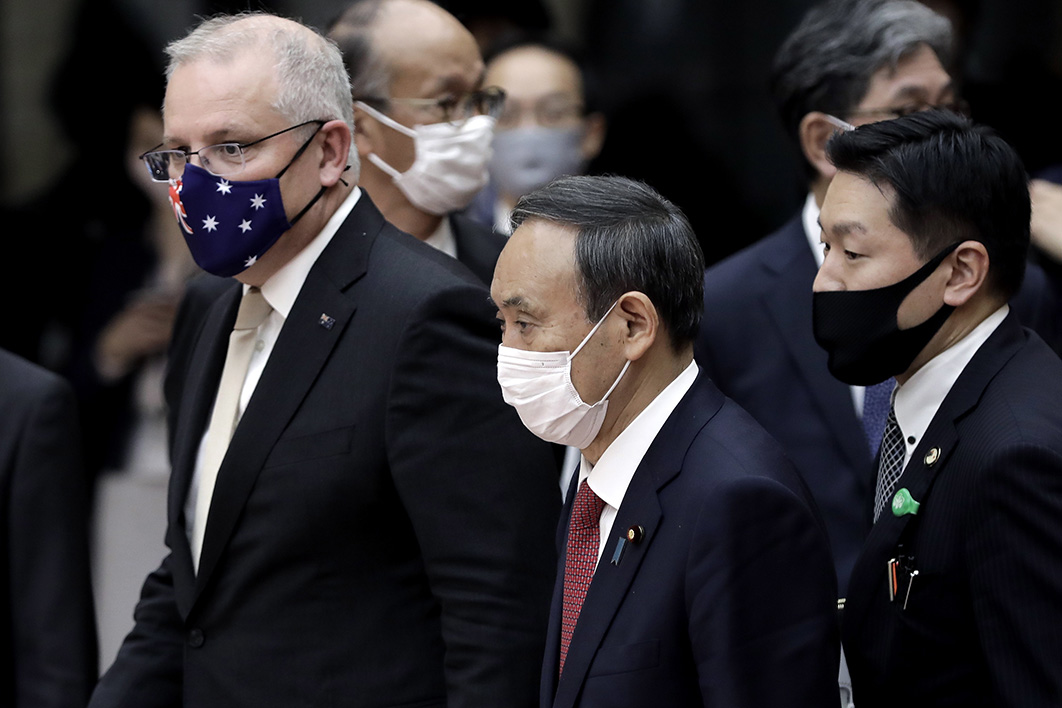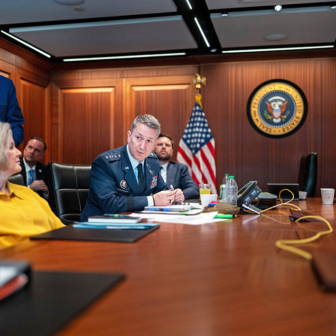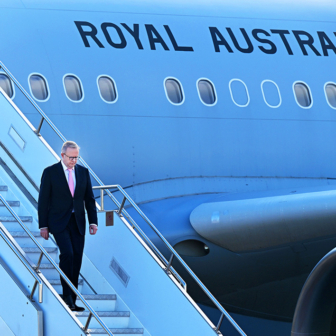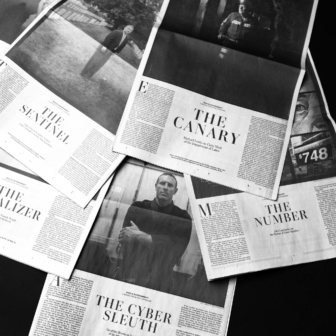It was one of those flies in the diplomatic ointment. Officials had worked for six years to bring a new strategic hybrid to life — a military alliance between Japan and Australia — but an awkward question remained. What if an Australian defence force member committed a crime in Japan that earned the death penalty?
The problem was still unresolved when Scott Morrison flew into Tokyo on Tuesday, on his first foreign prime ministerial excursion since the coronavirus lockdown, to meet his Japanese counterpart, Yoshihide Suga. Nonetheless, the two went on to declare their commitment, “in principle,” to a “reciprocal access agreement” governing their armed forces training in or operating from each other’s territory.
The banal title belies the significance, highly symbolic at least, of Japan’s entering the first such agreement to allow foreign troops to operate on its soil in sixty years. That 1960 treaty with the United States allowed American forces to hold on to the scores of military bases they had occupied since Japan’s defeat in 1945.
With this “landmark” defence treaty, said Morrison, “our special strategic partnership became even stronger.” And, indeed, it represents a historic shift from the future presaged in the early postwar era, when Australia helped disarm Japan and then, in 1951, gained its own US protection — partly against a resurgent post-occupation Japan — through the ANZUS treaty.
After the culture shock when Japan replaced Western countries as Australia’s leading trade partner, a significant investor and a major source of tourists, the relationship settled into a cosy familiarity, with thousands of young people using the working holiday visa scheme started by the two countries in 1980, a first for Japan.
But the strategic setting is far from cosy now. China eclipsed Japan as the world’s second-biggest economy some years back, and by some estimates has already taken the top position from the United States. It is contesting US hegemony in the Western Pacific, and has a particular historical bone to pick with Japan over the Senkaku Islands.
Canberra is also alarmed, and wants to join with Japan and other regional powers to push back against Beijing — though not to the extent of severing economic ties, since China is the top trading partner for Australia and most of these other countries. Starting with an agreement signed by John Howard’s government in 2007, Australia has moved steadily towards this week’s deal.
Alongside that push, the Australian Secret Intelligence Service has been helping Japan set up its own MI6-style external espionage service, and the then Japanese defence minister recently floated the idea of Tokyo’s being admitted to the “Five Eyes” intelligence-sharing arrangement between anglophone powers.
The basis of the new cooperation is “shared values,” and this week Suga repeated the mantra that Australia and Japan were mutually committed to democracy and the rule of law, and would “cooperate to realise a free and open Indo-Pacific.” It wasn’t necessary to state that both countries were backed by the power and values of the United States.
But something has changed to bring these members of separate US alliances together in an alliance of their own. “Historically Australian diplomacy has attached primacy to exchanging views with the United States on Asia,” John McCarthy, a former ambassador to Washington and Tokyo, wrote this week. “Since the lack of follow-through on President Obama’s pivot to Asia, and latterly the quixotic behaviour of the Trump regime, it has made equal — and arguably more — sense to talk to the Asians about the United States. Our most important interlocutor is Japan.”
Morrison and Suga would have spent much of their time swapping notes on what incoming US president Joe Biden might do in the region, and what damage Donald Trump might do on his way out. While signals from Biden’s camp showed determination to keep standing up for US interests, they also indicated a “much more structured” policy approach than Trump’s, and readiness to cooperate with China in areas like health, nuclear nonproliferation and climate.
“If this sort of thinking develops into policy, it makes sense to encourage Biden towards receptivity to indications, should they come, of a Chinese desire to wind back tensions,” McCarthy wrote. “Here, Japanese thinking is almost certainly more nuanced than our own. While rigorous on adherence to the security relationship with the United States, there is more two-way flexibility in Japan’s dealings with China.”
Instead of Canberra concentrating on naval power by promoting tighter integration among the “quadrilateral” of the United States, Japan, Australia and India, McCarthy suggested that a deeper and broader engagement by America and Japan in Southeast Asia would be more effective. Getting the Americans to focus on that region might require patience, though, given that the pandemic, economic recovery and restoring North Atlantic alliances will be immediate priorities for Biden.
As well as the China relationship, Biden’s administration will have to formulate a new approach to Korea, following Trump’s theatrics with North Korea’s Kim Jong-un. Under current president Moon Jae-in, South Korea has declared itself uninterested in joining the Quad, especially as a junior to Japan.
The capital punishment question, meanwhile, was left hanging, as it were. Reporters were briefed that it will be tackled on a “case by case” basis — a reminder that not all values are shared in the Quad. Australia is the only member to ban capital punishment, and the other three have, if anything, stepped up their execution rates.
As the Australian National University’s eminent Northeast Asia historian Gavan McCormack points out, Suga has been at the forefront of efforts by Japan’s “Shintoists” to return their country to something like the state the United States, Australia and British India opposed before 1945 by restoring the emperor as the source of sovereignty and centre of a cult of cultural uniqueness.
“What committed Shintoists such as Abe and Suga seemed to find most offensive about the postwar Japanese state was its democratic, citizen-based, anti-militarist qualities and its admission of responsibility for war and crimes of war by the pre-war and wartime state,” writes McCormack. Referring to this week’s agreement, he adds that Suga proceeded under laws that the government’s own constitutional experts unanimously declared to be in violation of the postwar Japanese constitution’s famous Article 9, which restricts military action to self-defence. “The new ‘quasi alliance’ Tokyo–Canberra link seems to commit Australia to a view in support of Japan’s government and in opposition to its civil society on this most sensitive of issues,” says McCormack.
A similarly retrograde trend is seen in India too, where Narendra Modi’s ruling Hindu nationalist party is trying to impose majoritarian religious supremacism, often with sanctioned mob violence. And the last four years has even shaken the trust of many Australians in their country’s “shared values” with America.
If inclined, Morrison would have had much to reflect on during his nine-hour flight back to quarantine at the Lodge, unbroken by an abandoned stop-off in Port Moresby to meet Papua New Guinea’s James Marape, who is defending his leadership against a sudden defection of his ministers and MPs to the opposition — a reminder that domestic politics can trump diplomacy anytime. •




